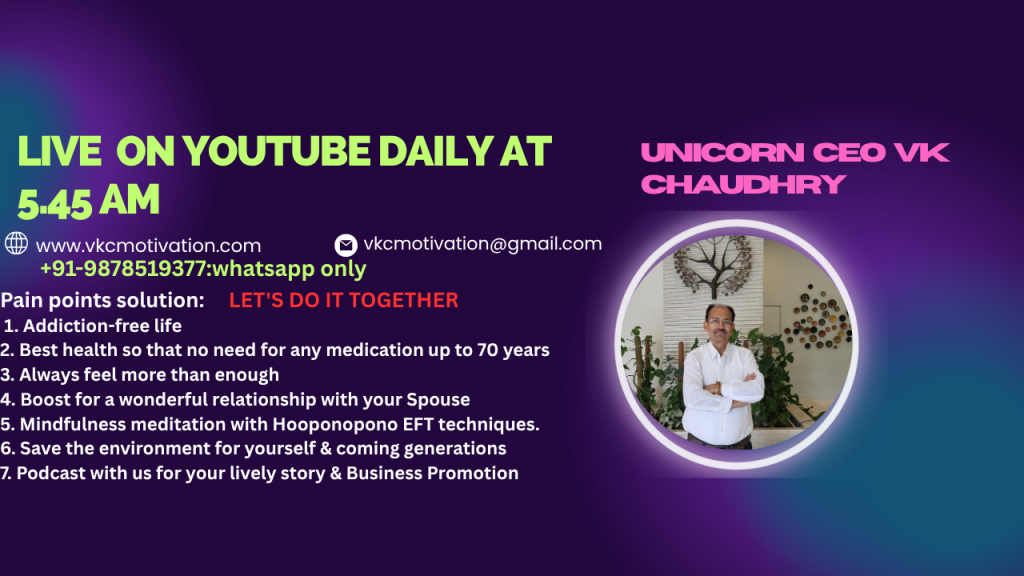Introduction
Let’s be honest — most people don’t love managing money. For many, it feels like a chore, a stressor, or even a mystery. But what if you could enjoy it? What if money management became a habit you loved doing, just like your morning cup of coffee or favourite workout?
In this blog, we’ll break the myth that financial management is boring or scary. You’ll discover simple, practical ways to make money management a rewarding and empowering part of your life.

1️⃣ Change Your Money Mindset
Your relationship with money starts in your mind.
If you think of money management as a punishment or burden, you’ll naturally avoid it. But if you see it as a tool for freedom, growth, and opportunity, it changes everything.
✅ Think of money as your silent business partner.
✅ Managing money means you’re respecting your hard work.
✅ Budgeting isn’t about restriction; it’s about direction.
💡 Mindset Tip: Start using positive affirmations like “I love taking care of my money” or “Money flows easily when I manage it wisely.”

2️⃣ Make Budgeting a Weekly Ritual
Budgeting doesn’t have to be a boring spreadsheet session.
You can make it a ritual you look forward to.
🗓️ Choose a day, like Sunday evening or Monday morning.
☕ Grab a coffee, play soft music, and review your income, expenses, and savings.
📊 Use colourful budget apps like Goodbudget, YNAB, or Money Manager.
When budgeting feels like self-care, you’ll stop avoiding it.
💡 Pro Tip: Reward yourself after each budgeting session — maybe with a walk, a treat, or even journaling your wins.

3️⃣ Automate and Simplify Your Finances
One of the reasons people dislike money management is that it feels overwhelming.
So, simplify it!
✅ Set up automatic savings transfers every month.
✅ Automate bill payments.
✅ Use apps that track spending without manual input.
When you automate your money, you reduce stress and save time. You’ll love how organised and in control you feel, without constant effort.
💡 Mindset Shift: Automation isn’t laziness; it’s smart money management.

4️⃣ Turn Money Goals into a Game
Gamifying your finances makes it fun.
🎯 Set monthly savings challenges.
🎯 Compete with your past self on reducing expenses.
🎯 Visualise goals with savings trackers.
For example, if you want to save ₹10,000 in a month, break it down into ₹333 per day and track your progress daily.
💡 Fun Idea: Create a vision board with your money goals — travel, investments, debt freedom — and update it often.

5️⃣ Celebrate Small Wins Regularly
Don’t wait until you’ve saved a fortune to feel proud.
Celebrate every small financial win:
🎉 Paid a bill on time? Celebrate.
🎉 Added ₹500 to your emergency fund? Celebrate.
🎉 Stayed within your monthly budget? Celebrate.
Celebration reinforces positive behaviour. It rewires your brain to associate money management with joy.
💡 Reward Ideas: A movie night, a favourite dessert, or a relaxing spa day.
(Image Suggestion: Happy person giving a thumbs-up with financial charts in the background)
6️⃣ Learn Financial Literacy with Curiosity
Most people fear money management because they lack an understanding of it.
But learning about finances can be exciting — if you treat it like a personal growth challenge.
📚 Read beginner-friendly finance books like Rich Dad Poor Dad or The Psychology of Money.
🎧 Listen to podcasts or watch YouTube videos on simple investing, saving, and money habits.
💬 Join communities or Facebook groups on personal finance.
💡 Mindset Tip: See every money lesson as an investment in your freedom.
7️⃣ Practice Gratitude for Your Money
When you’re grateful for the money you have — no matter how much — you create a positive flow.
🙏 Thank your income, no matter how big or small.
🙏 Feel gratitude when you pay bills — it means you have the means.
🙏 Be thankful when you save — it means you’re building security.
💡 Gratitude Practice: Write one money gratitude in your journal every night.
(Image Suggestion: Journal open with “Today I’m grateful for…” prompt)
8️⃣ . Surround Yourself with Money-Smart People
Your environment shapes your mindset.
If you hang out with people who hate money talk, you’ll absorb that fear. But if you connect with people who love learning and managing money, it becomes natural for you, too.
✅ Attend financial workshops or webinars.
✅ Follow money mentors on social media.
✅ Join a mastermind or accountability group.
💡 Remember: You’re the average of the five people you spend the most time with — even for money habits.
(Image Suggestion: Group of people discussing ideas around a table)
Conclusion: Fall in Love with Money Management
Loving money management isn’t about becoming a finance geek or a hardcore saver. It’s about treating your money with the same care, respect, and love that you treat your health, relationships, or career.
When you shift your mindset, simplify your systems, and celebrate every small win, money management transforms from a dreaded task to a joyful habit.
So yes… You CAN love managing money.
And when you do, your financial future will love you back!
Ready to Fall in Love with Your Finances?
💬 Tell me in the comments — What’s one money habit you want to start loving?
WEEKLY MONEY MANAGEMENT CHECKLIST
✅ 1. Weekly Income Check
✅ 2. Weekly Expenses Review
✅ 3. Savings & Investments Update
✅ 4. Bills & Dues Check
✅ 5. Weekly Gratitude & Financial Reflection
✅ 6. Celebrate Your Financial Wins
✅ 7. Set Your Money Focus for Next Week

💬 Frequently Asked Questions (FAQ)
1️⃣ Why do most people dislike managing money?
Most people see money management as restrictive, complicated, or overwhelming. This often stems from lack of financial education, fear of math, or past negative experiences with money.
2️⃣ How can I make money management enjoyable?
- Turn it into a weekly habit with a relaxing routine.
- Use user-friendly budgeting apps.
- Celebrate small financial wins.
- Treat budgeting like self-care, not a chore.
3️⃣ Can loving money management help me build wealth?
Absolutely!
When you enjoy managing your money, you make smarter decisions, avoid debts, save consistently, and invest wisely — all key factors in wealth building.
4️⃣ I’ve never budgeted before. Where should I start?
- Start with tracking your income and expenses weekly.
- Use a simple checklist (like the one offered in this blog).
- Set small savings goals to begin with.
- Review your budget every Sunday or Monday.
5️⃣ Is automating finances a good idea?
Yes! Automating savings, bill payments, and investments saves time and prevents missed deadlines. Automation builds discipline effortlessly.
6️⃣ How do I stay motivated to manage my money regularly?
- Set clear, personal money goals.
- Visualize your financial dreams.
- Join accountability groups or online communities.
- Celebrate every financial milestone.
7️⃣ Does loving money management mean I can’t spend on fun?
Not at all!
Smart money management is about balance — enjoying your money while securing your future. It’s giving yourself freedom, not restriction.
8️⃣ How often should I review my finances?
- Weekly for budgeting.
- Monthly for goal tracking.
- Quarterly for investments and net worth review.
9️⃣ Can gratitude really improve my money mindset?
Yes!
Practicing gratitude helps reduce fear and anxiety about money. It also builds a positive mindset, encouraging smarter financial decisions.
🔟 Is this blog only for people with high income?
No.
Money management is crucial at every income level. Whether you earn ₹10,000 or ₹10 lakh a month, loving your money habits makes a big difference.
https://academy.wealthysandeep.com/web/checkout/675850aa9958a2a885e51df7?affiliate=6764fc72acadaef4674fdf25
New Housing project Launching in Panchkula ( HARYANA)Launching on 23rd Feb 2025:
https://www.instagram.com/share/reel/BBAb-jxgkm
My friend Manoj Sareen, India:
https://www.instagram.com/p/C9PUbg6PzDT/?igsh=MTJsNXc4c2o2eGN0aQ%3D%3D


















